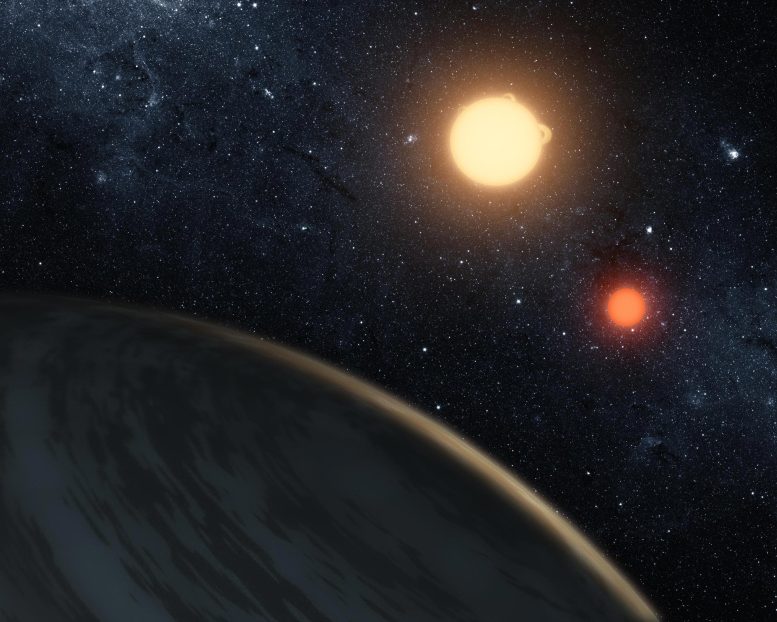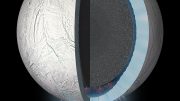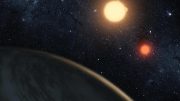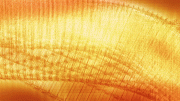
Artist’s impression of Kepler-16b, the first planet known to definitively orbit two stars – what’s called a circumbinary planet. The planet, which can be seen in the foreground, was discovered by NASA’s Kepler mission. Credit: NASA/JPL-Caltech/T. Pyle
A team of astronomers, led by Professor Amaury Triaud of the University of Birmingham, has detected a rare type of exoplanet using a ground-based telescope. The exoplanet is circumbinary, meaning it orbits around two stars at once, and until now had only ever been observed using the Kepler space telescope. The team’s research is published in Monthly Notices of the Royal Astronomical Society.
The planet, called Kepler-16b, orbits around two stars, with the two stars also orbiting one another, forming a binary star system. Kepler-16b is located approximately 245 light-years from Earth and, like Luke Skywalker’s home planet of Tatooine in the Star Wars universe, you would be able to view two sunsets if you could stand on its surface.
The 193-cm (6.3-foot) ground-based telescope used in the study is based at the Observatoire de Haute-Provence in France. The team was able to detect the planet using the radial velocity method, in which astronomers observe a change in the velocity of a star as a planet orbits about it, and the planet moves towards and away from the observer.
The detection of Kepler-16b using a ground-based telescope and the radial velocity method is an important demonstration that it is possible to detect circumbinary planets using more traditional methods, with greater efficiency and at a lower cost than by using space-based observatories.
Having demonstrated the method using Kepler-16b, the team plans to continue the search for previously unknown circumbinary planets and help answer questions about planetary formation. The typical process of planetary formation is thought to take place within a protoplanetary disc – a mass of dust and gas that surrounds a young star. However, this process may not be feasible within a circumbinary system.
Professor Amaury Triaud explains: “Using this standard explanation it is difficult to understand how circumbinary planets can exist. That’s because the presence of two stars interferes with the protoplanetary disc, and this prevents dust from agglomerating into planets, a process called accretion.
“The planet may have formed far from the two stars, where their influence is weaker, and then moved inwards in a process called disc-driven migration – or, alternatively, we may find we need to revise our understanding of the process of planetary accretion.”
Dr. David Martin, from the Ohio State University (USA), who contributed to the discovery, explains “Circumbinary planets provide one of the clearest clues that disc-driven migration is a viable process, and that it happens regularly.”
Dr. Alexandre Santerne, a collaborator on the research from Aix-Marseille University, explains the use of the radial velocity method over the transit method – a method for exoplanet detection in which the observed dimming of light from a star due to its orbiting planet is measured: “Kepler-16b was first discovered 10 years ago by NASA’s Kepler satellite using the transit method. This system was the most unexpected discovery made by Kepler. We chose to turn our telescope to Kepler-16 to demonstrate the validity of our radial-velocity methods.”
Dr. Isabelle Boisse, also from Aix-Marseille University, is the scientist in charge of the SOPHIE instrument that was used to collect the data. She said: “Our discovery shows how ground-based telescopes remain entirely relevant to modern exoplanet research and can be used for exciting new projects. Having shown we can detect Kepler-16b, we will now analyze data taken on many other binary star systems, and search for new circumbinary planets.”
See Astronomers Identify Real-Life Planet With Two Suns for more on this research.
Reference: “BEBOP III. Observations and an independent mass measurement of Kepler-16 (AB) b – the first circumbinary planet detected with radial velocities” by Amaury H M J Triaud, Matthew R Standing, Neda Heidari, David V Martin, Isabelle Boisse, Alexandre Santerne, Alexandre C M Correia, Lorena Acuña, Matthew Battley, Xavier Bonfils, Andrés Carmona, Andrew Collier Cameron, Pía Cortés-Zuleta, Georgina Dransfield, Shweta Dalal, Magali Deleuil, Xavier Delfosse, João Faria, Thierry Forveille, Nathan C Hara, Guillaume Hébrard, Sergio Hoyer, Flavien Kiefer, Vedad Kunovac, Pierre F L Maxted, Eder Martioli, Nicola J Miller, Richard P Nelson, Mathilde Poveda, Hanno Rein, Lalitha Sairam, Stéphane Udry and Emma Willett, 25 February 2022, Monthly Notices of the Royal Astronomical Society.
DOI: 10.1093/mnras/stab3712









Be the first to comment on "Tatooine-Like Exoplanet With Two Suns Detected by Ground-Based Telescope"